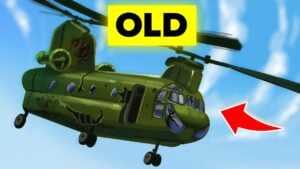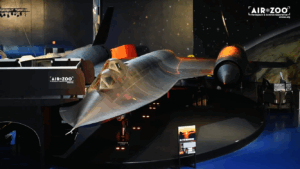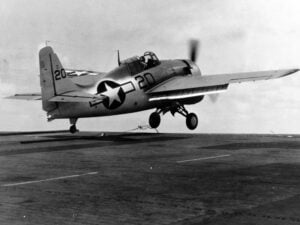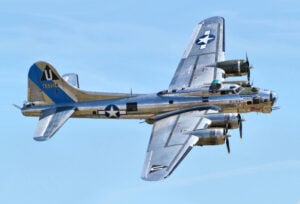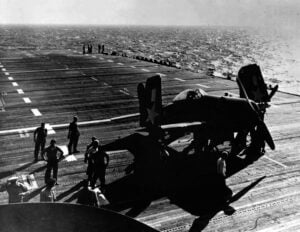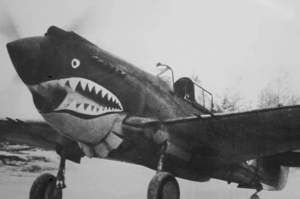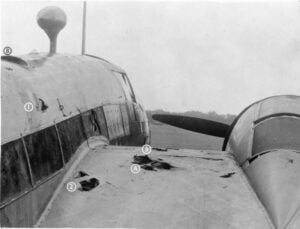The Story of James Howard Facing 30 German Fighters in a Lone WWII Mission Over Oschersleben
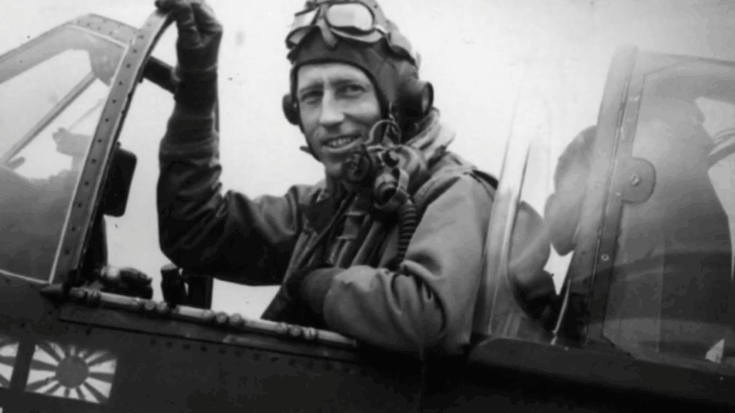
BATTLE IN THE PACIFIC / YouTube
A Fighter Alone
On January 11, 1944, the skies over Germany roared with the sound of engines. American B-17 bombers of the Eighth Air Force were flying deep into hostile airspace, targeting aircraft factories in Oschersleben. These production centers were key to Germany’s air power, and protecting them was a top priority for the defenders. The mission was dangerous, and German forces prepared a strong response. Dozens of Focke-Wulf 190s and Messerschmitt Bf 109s were scrambled to intercept the bombers.
Among the American pilots that day was Major James H. Howard of the 354th Fighter Group. Flying a P-51 Mustang, Howard had already seen heavy combat as a former member of the Flying Tigers in China. He understood the odds and the risks, but nothing could have prepared him for the moment when he realized he was the only fighter left guarding the bombers.
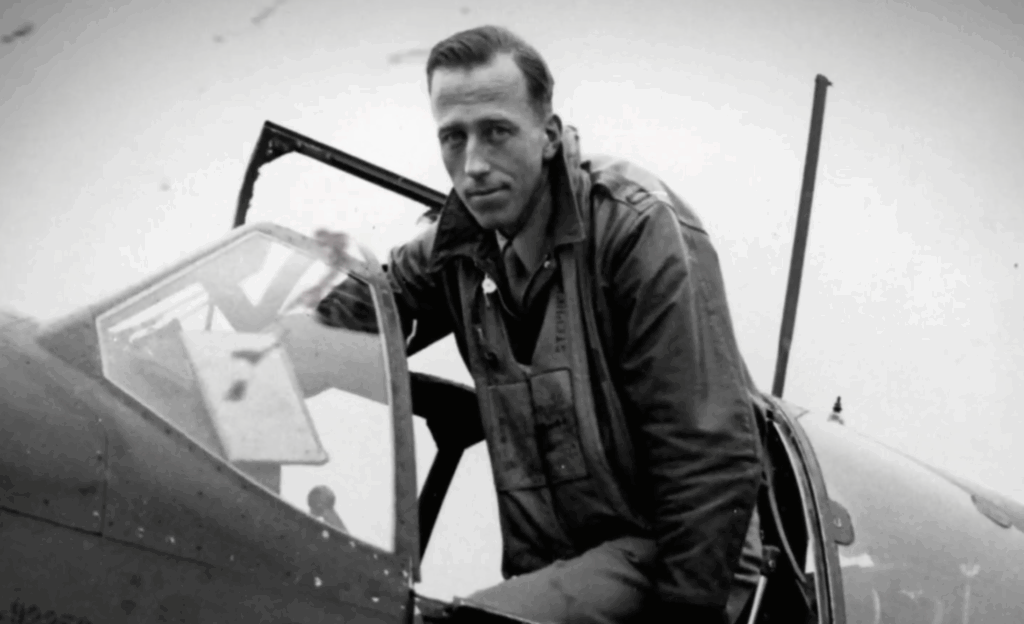
Breaking the Formation
Thick clouds, poor coordination, and scattered formations separated Howard from his fellow pilots. The bombers continued toward their target, unaware that most of their fighter escort had been lost to the confusion. Then the German fighters struck. Dozens emerged from the sky, diving toward the exposed bombers. Gunners aboard the B-17s opened fire, but they were overwhelmed.
Howard acted without hesitation. He climbed directly into the attacking fighters and opened fire, cutting through the enemy formation. One German plane burst into flames and fell. Others scattered, caught off guard by the lone Mustang. But Howard didn’t leave. He kept returning, disrupting attack after attack. His repeated charges broke up the enemy’s rhythm and forced them to change tactics.
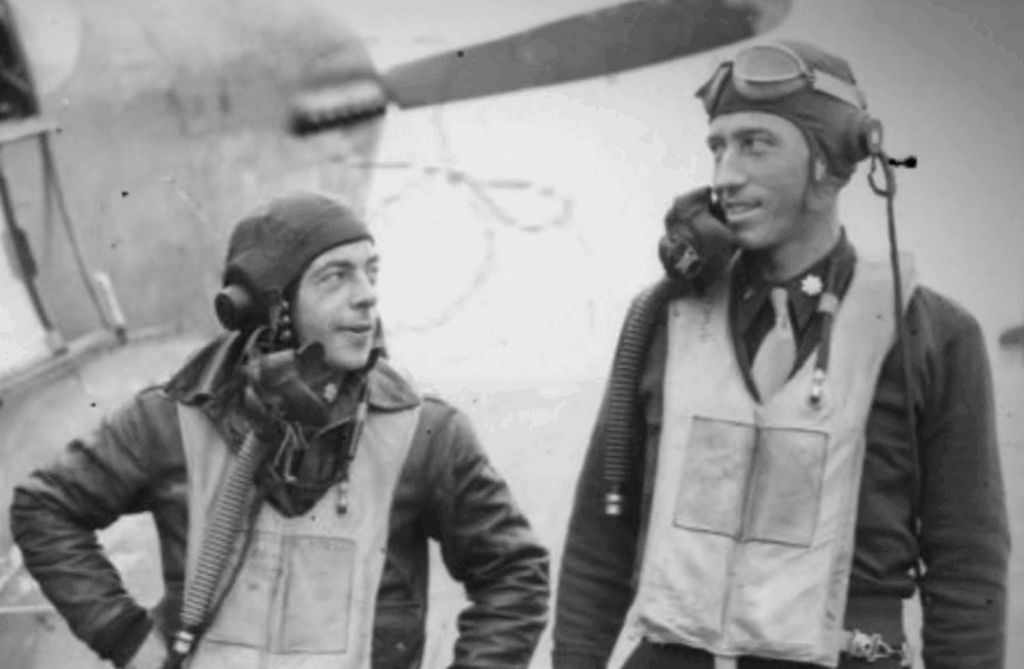
Refusing to Withdraw
For over 30 minutes, Howard fought alone. Each time the German fighters tried to regroup, he struck again. His actions pulled them away from the bombers, giving the formations a chance to recover and escape further damage. At one point, his guns jammed. Instead of retreating, he circled at a distance, fixed the problem, and returned to the battle. His plane took damage, but he continued to engage, risking everything to protect the bombers.
Crew members aboard the B-17s watched in disbelief. They had never seen anything like it—a single fighter flying through enemy formations again and again, shielding them from certain destruction. Some thought he wouldn’t survive. Others called him fearless. One gunner remarked that the Mustang had been hit several times, yet kept returning.

A Reputation Earned
Eventually, the German fighters broke off. Their initial confidence had been worn down by the persistent American fighter who refused to leave. The bombers completed their mission, though not without losses. But many believed the damage could have been far worse if not for Howard’s actions.
When Howard landed, his Mustang was full of holes, and he was nearly out of ammunition. Ground crews were shocked it had made it back. Howard said little. He wasn’t one to seek praise, but word spread quickly. Crews began calling him a “one-man air force.” When the mission reports were reviewed and confirmed, the U.S. military awarded Howard the Medal of Honor. He would be the only fighter pilot in the European theater to receive that award.
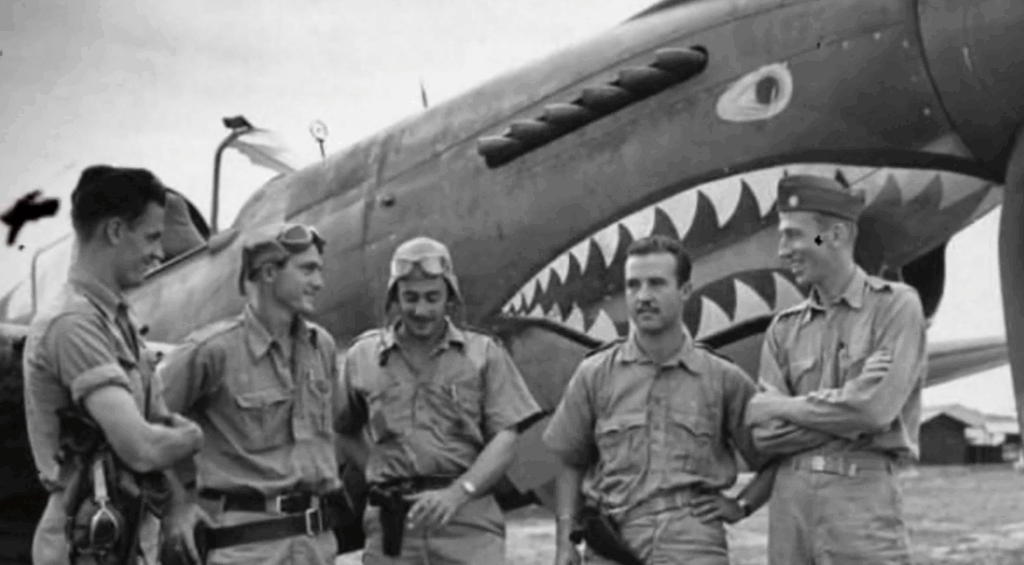
The Pilot Behind the Medal
James Howard was born in China to American missionaries and had originally planned to become a doctor. But in 1937, he joined the Navy, later flying with the Flying Tigers in China and Burma before joining the Air Force. He had already proven himself in combat long before arriving in Europe, shooting down enemy aircraft in the Pacific.
His tactics over Oschersleben weren’t reckless. He used the Mustang’s strengths—its speed and agility—to strike quickly and retreat, never staying in one place. This method caused confusion among the German formations. They were expecting to attack bombers, not be hunted by a lone fighter. Their formations broke down, and their attacks lost strength.

Legacy of a Quiet Warrior
Howard never promoted himself. Even after being awarded the Medal of Honor in London, he remained quiet and humble. After the war, he wrote a memoir, gave occasional talks, and entered public service. He lived simply, never chasing fame. But those who flew with him, and those who owed him their lives, never forgot what he did.
To the bomber crews, Howard was more than just a pilot. He was the one who showed up when no one else did. In his words: “I saw the bombers were in trouble, and I was in a position to help. So, I did.” That single act of resolve remains one of the most remembered fighter missions of the Second World War.













